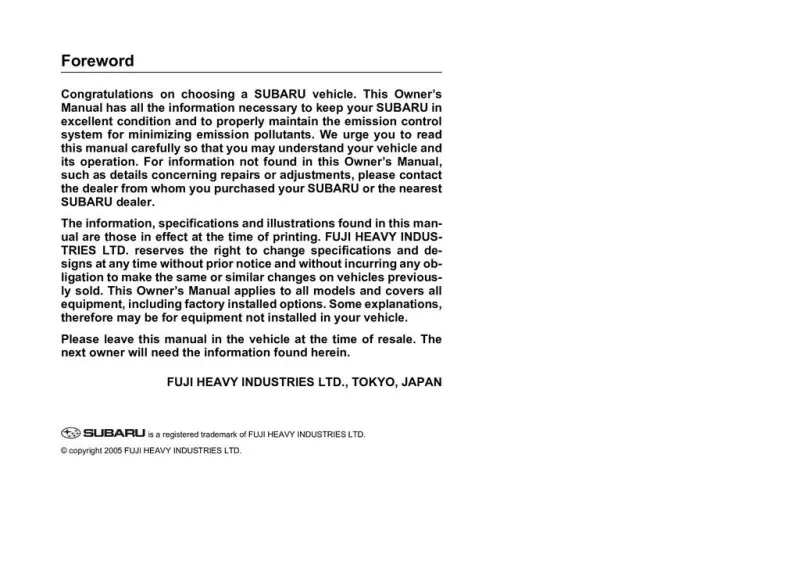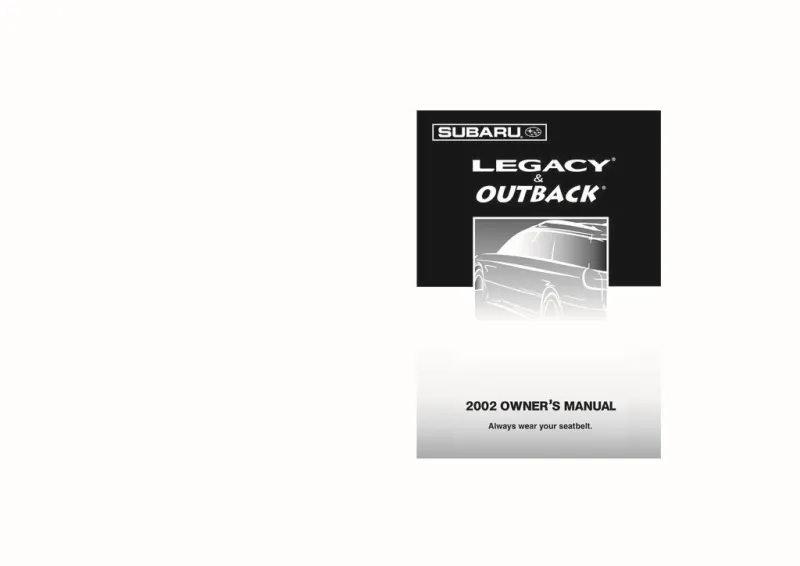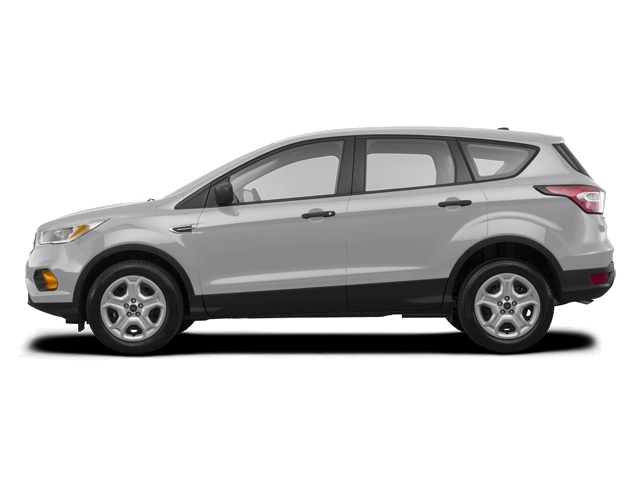Subaru Outback owners manuals

(owner manual)

(owner manual)

(owner manual)

(owner manual)

(owner manual)

(owner manual)

(owner manual)

(owner manual)

(owner manual)

(owner manual)

(owner manual)

(owner manual)

(owner manual)

(owner manual)

(owner manual)

(owner manual)

(owner manual)

Subaru Outback specs
Owner Manual
The Subaru outback owner manual is a guide book which should be available to all Subaru owners. It gives in-depth procedures and facts about the operation and servicing of the car. In the manual, the owners are able to get a specification of their particular model year, service schedules, type of fluids to use, tire pressure and safety systems. It is also a source of troubleshooting of general problems, so that the drivers can be able to solve small problems before they get out of hand.
Model Overview
Subaru outback is also popular because it is versatile, fast, and safe. The outback started as a cross over wagon, but over the years it has developed to assume a rough but sophisticated style. The Outback is capable of handling all types of terrains and weather as it has a high ground clearance, standard all-wheel drive, and a large cargo area. It has high-tech safety feature, which makes it a favorite among the family and even outdoor lovers. Its interior is very spacious, combining functionality with the comfort with a high-quality material and innovative infotainment systems.
Trims
Subaru outback is available in a variety of trims with a diverse range of features and performance options to suit the expectation of diversified customers. The outback is the base trim, and it is equipped with the basic features such as a rearview camera and a touchscreen infotainment system. Moving higher, there is the Prestige trim that is more comfortable and has better upholstery and technology. The Limited model comes with luxury features like leather seats and better audio systems. Finally, the Touring version is the most luxurious and has the highest quality of materials and technology, with navigation and advanced driver assistance systems. Special editions may also be offered, which offer unique styling hints and characteristics.
Know Problems
Although the Subaru outback has been glorified as the reliable model, there are several problems that have been cited by its owners. There is one recurrent problem among them and this is oil consumption, especially in specific model years which may cause some engine performance issues. Also, issues with electricity have been reported especially with infotainment systems. The other area of concern is also on the issue of brake i.e. early wear or noise. These issues can be resolved soon based on the instructions in the owner manual as a way of ensuring the performance and safety of the vehicle is maintained.
Maintenance Tips
The maintenance of the Subaru outback is necessary to ensure durability and stability. Check and replace the engine oil regularly, in accordance with the recommended intervals, which are printed in the owner manual. Make sure that the air filters are not dirty and when the need arises, change them to ensure maximum engine efficiency. The rotation of tire and alignment should be done according to the instructions to increase the tire life and enhance handling. Monitor the coolant levels and the brake fluid and make sure that they are filled up to the specification. Finally, the inspection of belts and hoses is a comprehensive measure that can be used to avoid malfunctions and expensive repairs.
FAQs
Q: What kind of fuel does Subaru outback take?
A: It also mentions regular gasoline in the owner manual, but the premium fuel can be suggested in some of the performance-based trims.
Q: What is the frequency of the servicing of my Subaru Outback?
A:service should be carried out at every 6,000 miles or six months, which is the first to occur, and that can be found in the owner manual.
Q: Does my Subaru outback have the ability to tow?
A: The Subaru outback is a towing car, however, it is important to confirm the towing capacity in the owner manual since they might differ depending on the trim and model year.
Q: Where do I get the replacement parts of my Outback?
A: The owner manual gives information on the right specification of parts that should be used and the authentic parts may be found in reputable Subaru dealerships or authorized repairing shops.
Subaru Outback PDF owner manual
Subaru Outback competitors
Subaru Outback Manual Questions
Fill the form below and someone will help you!





